VISIBLEWomenUK
Did you know, 85% of statues in Great Britain celebrate the achievements of men. Only 3% of civic monuments commemorate named women.
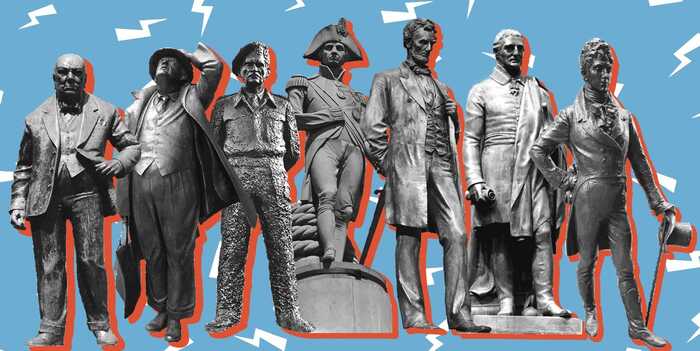
Who Are We Putting On Pedestals?
In the whole of the Southwest of England, there are only three full-size statues celebrating named women in a whopping 13,000 square kilometres of the UK. Two of them, including Mary, have only recently gone up. The second is Nancy Astor, which was unveiled in Plymouth in 2019.
In Dorchester, the county seat of Dorset, we celebrate six men, one dog, a horse and a Queen. No, none, royal women (but watch this space)
So, you can see where we are going with this and please do correct us if we are wrong. We would love someone to show us a statue in the Southwest of England that is not Queen Victoria, the Mother of Christ, a nude or a scantily clad nymph.
VISIBLEWomenUK believes it’s about time we did something about this symbolic annihilation of women, both past and present. We believe passionately that we need to start to readdress this inequity and honour the millions of women who have transformed Britain for the better. We are a small group of like-minded women raising statues to forgotten sheroes. At present, we have over twelve campaigns and counting, and you can see some of the amazing campaigns below. Want to know more? Then, get in touch through our Contact Us pages.
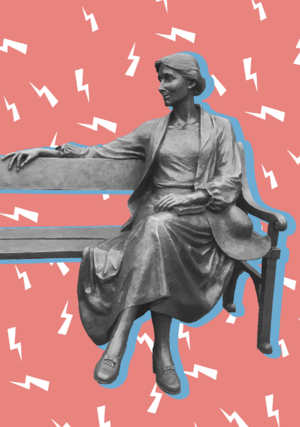
Virginia Woolf Statue for Richmond
We are delighted that our statue of Virginia Woolf by artist Laury Dizengremel was unveiled on Richmond Riverside on November 16th, 2022. The unveiling was carried out by Emma Woolf (and son Ludo) and Sophie Partridge, all descendants of Leonard and Virginia Woolf.
The memorial to the English writer, famed for works such as Mrs Dalloway and Orlando, was placed on the riverside in Richmond-upon-Thames, a town in which she lived for ten years and has proved a hit with both locals and tourists.
Following a 5-year campaign led by Cheryl Robson, a local writer and publisher, the charity raised £50,000 to design and manufacture the statue and further funds for shipping, installation and publicity. Please help us fund forthcoming associated literary events and ongoing statue maintenance. You can be part of the new Virginia Woolf story, too.
Click HERE to learn more about this campaign.
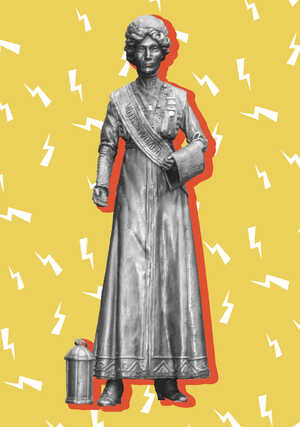
Mary Clarke Statue Appeal
The First Suffragette To Die So Women Could Vote
Mary Clarke was the Women’s Social and Political Union (WSPU) Organiser for Brighton from 1909 to 1910. She died of a brain haemorrhage on Christmas Day 1910 following the street violence of ‘Black Friday’ and forcible feeding in prison. She was the first suffragette to give her life for women’s right to vote, but there is no public memorial to her anywhere in the UK.
The Mary Clarke Statue Appeal was set up in late 2018 and plans to erect a bronze statue of Mary close to the Brighton Museum entrance on the Royal Pavilion Estate in the heart of the City. The scheme has Council and all-party political support and has charity status.
The Appeal intends the statue of Mary to have educational and civic, as well as cultural benefits because it will be seen by residents, school children and visitors and demonstrate the importance of equality, women’s rights and democracy – in particular, the right of all people to exercise democratic choice without fear of violence.
It will provide an image of female courage and political leadership, encouraging women and girls to participate in civic life and fostering a better understanding of women’s history.
Click HERE to find out more about this campaign.
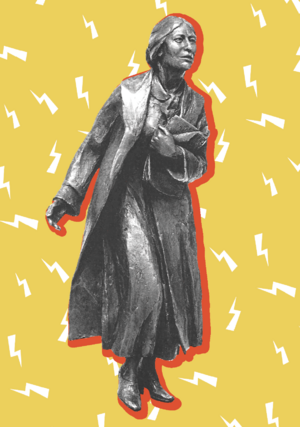
The Sylvia Pankhurst Memorial Committee
The campaign to erect a statue to commemorate Sylvia Pankhurst began twenty-five years ago when four women trade unionists and members of the National Assembly of Women questioned why there was no statue of this outstanding suffragette to honour her commitment to peace and her fight against racism, fascism and imperialism.
Thus, the Sylvia Pankhurst Memorial Committee brought together trade
unions and individual supporters. College Green outside Parliament was the original site chosen, but although Westminster Council granted planning permission, it was rejected by a House of Lords committee.
Now, the Committee – Philippa Clark, Mary Davis, Megan Dobney and Barbara Switzer – hopes to see a ‘people’s statue’ unveiled before long in Clerkenwell Green with the support of Islington Council.
As progress is made, the Committee is finalising the funding needed to erect the statue, which has already been cast and will welcome donations.
Click the link HERE to find out more about this campaign.
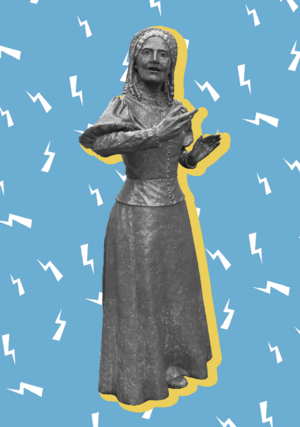
Elizabeth Elmy Group
Elizabeth Wolstenholme Elmy (1833-1918) was a remarkable woman and an activist who fought for equality throughout her life.
Elizabeth lived in Congleton, Cheshire and was an active member of a group of women that went on to be known as Suffragettes.
Emmeline Pankhurst dubbed her ‘the brains of the suffragist movement’, and Elizabeth is listed on the Millicent Fawcett statue in Parliament Square in London.
Elizabeth worked tirelessly for girls’ education, for women’s right to own property and for their right to vote. She believed in lobbying, and she participated in marches, gave speeches, and created over 1600 petitions and 7000 letters.
Elizabeth’s Group commissioned renowned sculptor Hazel Reeves to create a statue of Elizabeth in Congleton, which Baroness Lady Hale of Richmond unveiled on the 8th of March 2022.
Elizabeth’s Group continues to spread the word about this incredible woman with talks, displays, stalls, school materials, booklets, social media and educational visits.
Click the link HERE to learn more about this campaign,
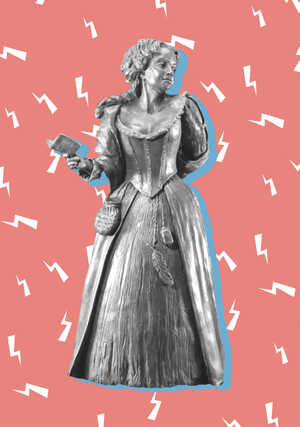
A is for Aphra
Aphra Behn was born in 1640 in relative obscurity to a barber and a wet nurse in Canterbury, yet she became the first woman ever to earn her living by writing in the English language.
She was the most prolific playwright in England during the last eighteen years of her life. She was a poet. She was one of the first-ever novelists, writing Oroonoko, which exposed slavery in all its horrors and she was also a spy for Charles II.
During her lifetime, she counted Nell Gwynne, John Wilmot, the Earl of Rochester, Thomas Killigrew and other ‘greats’ of the era as personal friends.
She was revered enough in her lifetime to be buried in Westminster Abbey, and productions of her plays and adaptations of her prose continued to be put onstage decades after her death.
But sometimes, time is not kind to reputation… especially for women.
Her work, full of sex and the gritty realities of human nature, was considered shocking by those who lived in the centuries that followed.
In 1821, it was said of Aphra Behn that ‘Talents which might have adorned her sex and country have become a scandal to the one and a disgrace to the other.’
To learn more about this camping click the link here.
Click HERE to find out more about this campaign.
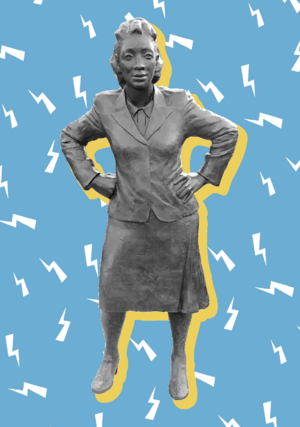
More Than A Cell: The Legacy of Henrietta Lacks
In October 2021 the University of Bristol installed on its campus a statue of African-American woman Henrietta Lacks. But who was she? And why do we remember her today?
As history tells it, Henrietta was a family-oriented woman. Resilient, hard-working and loving. She is remembered as a woman who loved her children, dancing, cooking, horse riding and fashion; she moved from Virginia to Baltimore in 1941 before developing an aggressive form of cervical cancer in 1951. The cancer killed her later that year, aged just 31, but Henrietta Lacks soon after became a pillar of modern science when cells extracted from her cervix — without her knowledge — were found to thrive in a lab setting.
Henrietta’s cells were, by all accounts, the first ‘immortal’ cultured cell line ever discovered in biological research. Scientists (starting with George Otto Gey, a physician and cancer researcher at Johns Hopkins) found that the cells would grow, divide and multiply easily under lab conditions. Unlike most other cells, they could be kept alive indefinitely, thus playing a vital role in various studies, experiments and investigations. The immortal cells from Henrietta’s cervix — branded HeLa cells by Gey after the letters in her name — have become a medical phenomenon, a ubiquitous cell line for testing and treatment. To this day, they endure unceasingly in labs around the world.
Click the link HERE to learn more about this campaign.
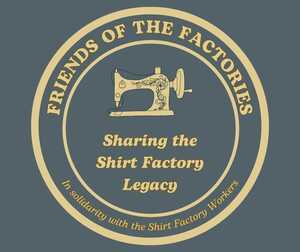
Friends of the Factories
Linking arms with the Shirt Factory workers, The Factory Girls, and women of the past, we walk their stories and legacy into the present.
Friends of the Factories (FOTF)—Honouring the people, places, and buildings associated with the Shirt Factory Industries of the City of Derry/Londonderry and beyond.
- Acknowledging the hidden herstory of the women that came before through a lasting legacy.
Click the link HERE to hear more about this amazing project.

The Matchgirls Memorial
Long before the Bryant and May Factory was opened in Fairfield Road, Bow in East London, Charles Dickens wrote, in 1852, about the risks of ‘phossy jaw' in matchmaking factories. Yet, when the factory was opened in 1861, they proceeded to use the dangerous white phosphorus that caused the disease.
By the time of the Strike in 1888, conditions at the factory were not good. There were workers as young as six years old and a large percentage of the workforce were young teenage girls. They worked gruelling 6-day weeks, up to 12 or 14-hour days, for very little pay. To make matters worse, their meagre wage was reduced by fines that were imposed for petty offences such as talking, having an untidy workbench and lateness. On top of all that, the Foreman was physically abusive and prevented any complaints from reaching the management. Homeworkers were employed to make the matchboxes, and they were paid even less; they had to buy their own glue and string.
To hear more about this amazing campaign please click the link HERE
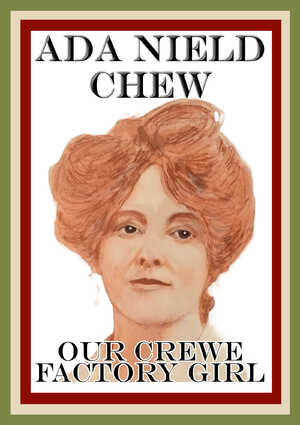
Ada Nield Chew
Ada Nield Chew (28 January 1870 – 27 December 1945) from Crewe was a local factory girl, political campaigner, trade union organiser and suffragist.
Ada started her political life as the anonymous 'Crewe Factory Girl' writing for the 'Crewe Chronicle' in 1894. She wanted a better deal for working women.
Her dedication to these causes—the advancement of rights for female workers, improvement in conditions for the poor in Nantwich, and support for women’s suffrage made her a formidable campaigner, an inspirational speaker, and a brave voice for those who needed her most.
We are a small team of volunteers who are fundraising for a statue of Ada in Crewe. If you would like to help us or you would like to find out more, please click the link HERE.
It is important to remember and acknowledge Mary in a visual sense because she needs to have a tangible and physical presence put back in Lyme Regis. And, just as importantly, give the people of Lyme and the thousands of tourists that come to visit every year a focal point of remembrance and respect.
Contact
Email: hello@maryanningrocks.co.uk
Donate
To add a donation to our fundraising cause, please click here!
Registered Charity Number 1188919

